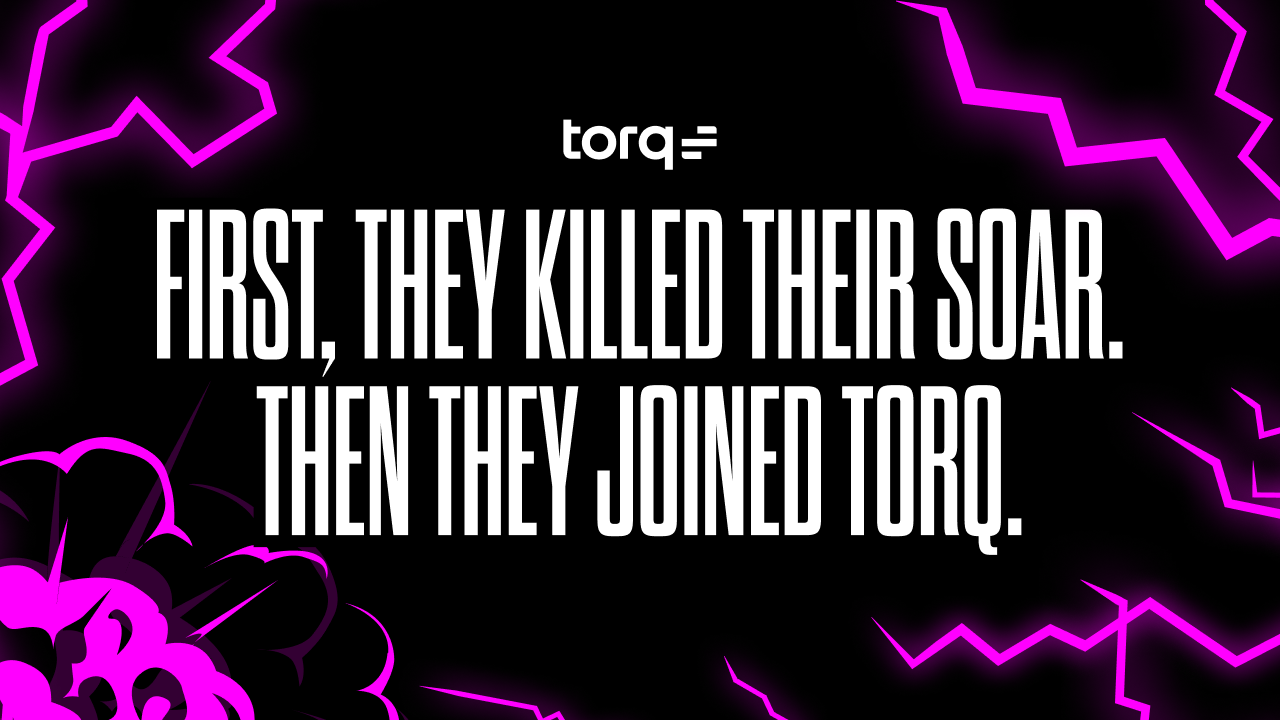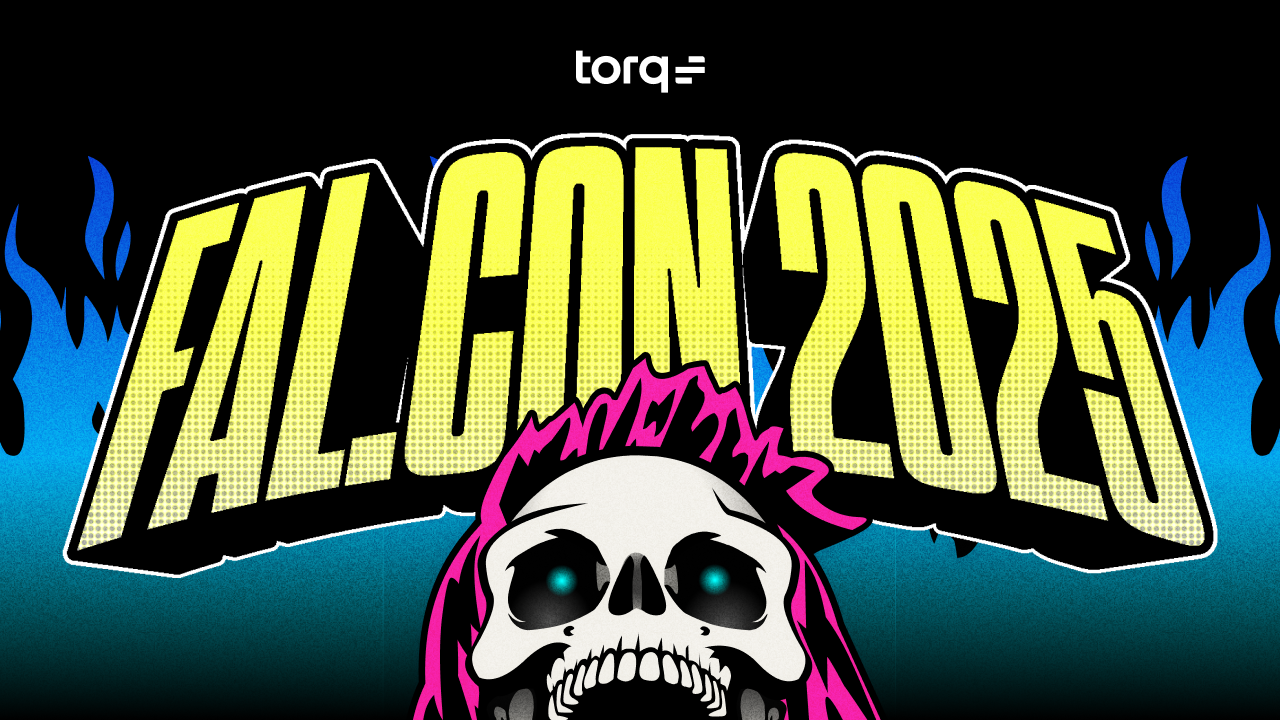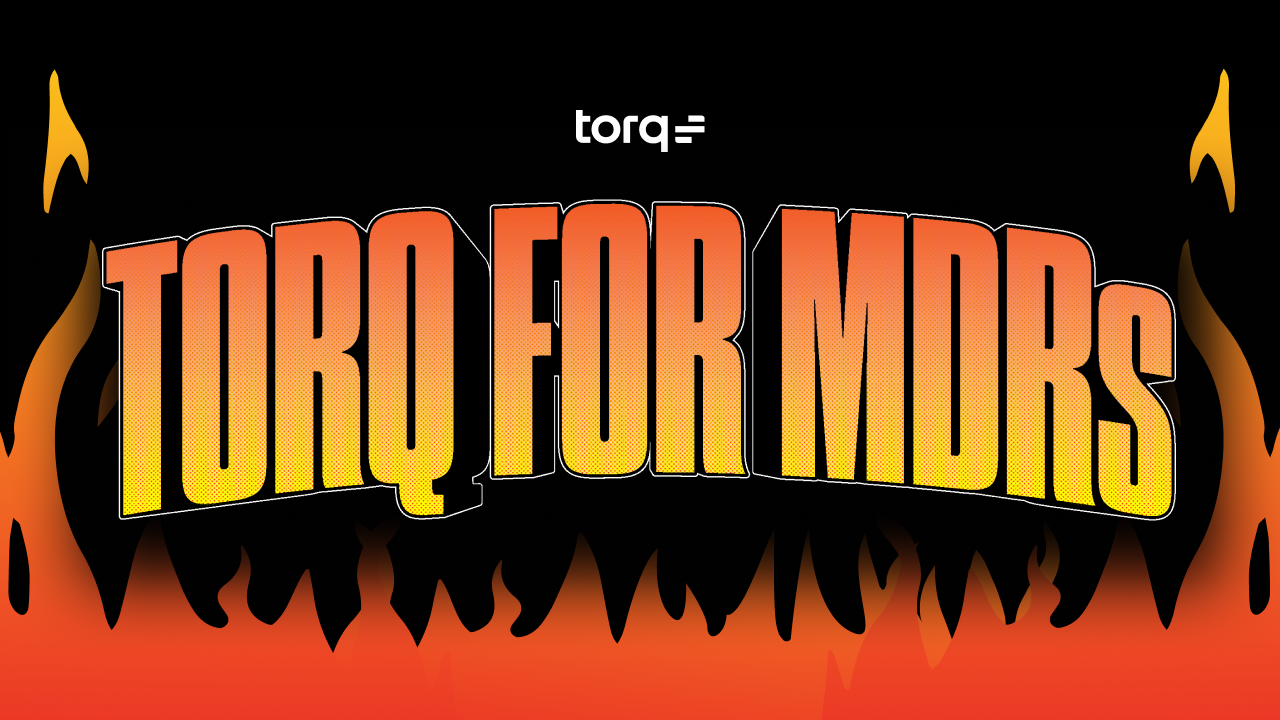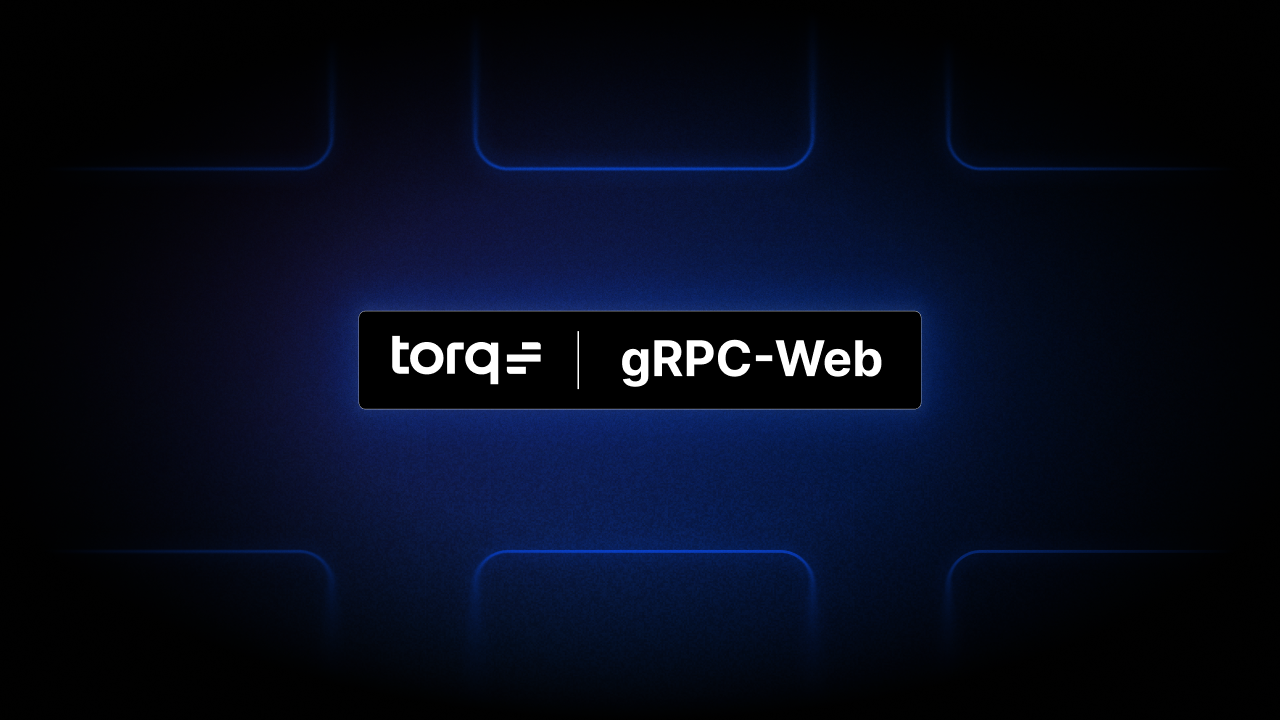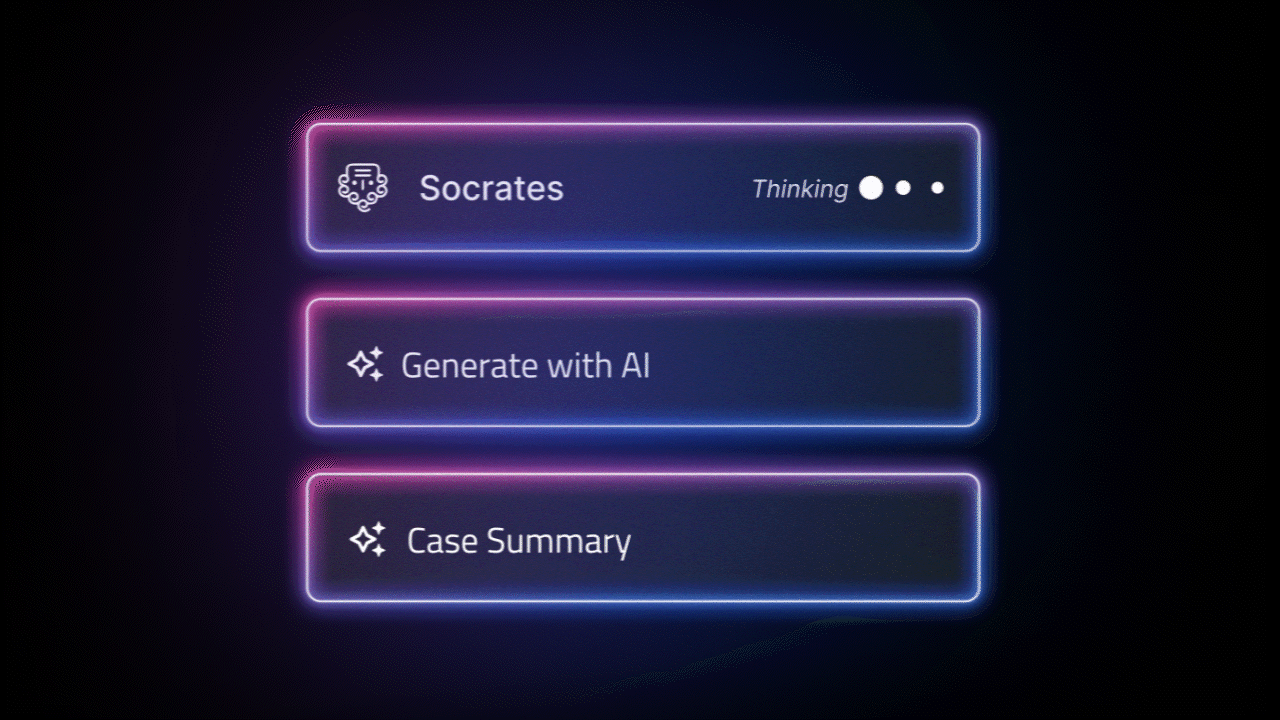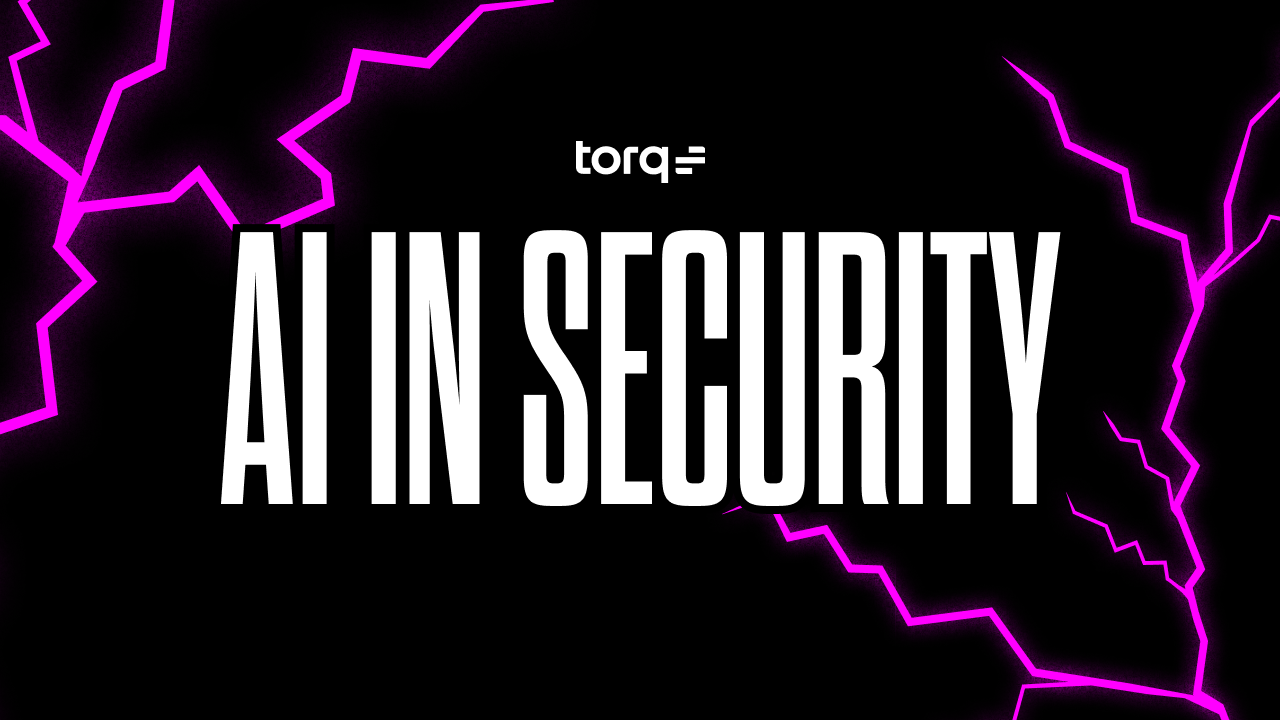Contents
Before Torq, they were trapped. Buried under alerts. Drowning in old playbooks. Burned out by legacy SOAR tools that promised automation and delivered chaos. Then they discovered Torq, not just as a solution, but as a better way to work. They became power users, rebuilt their workflows, and transformed their SOCs.
Now? They’re former legacy SOAR users — thriving with the ultimate SOAR replacement: Torq.
Meet the team. Hear their stories. And see why switching to Torq wasn’t just the best move they made for their SOC; it was the best move they made for their careers.
Meet the Team That Escaped SOAR Hell

Field CISO
PO is Torq’s Field CISO, bringing his years of experience and expertise as a SOC leader to our customers. PO is a seasoned security veteran with a deep understanding of the modern security landscape. You can find him talking to SOC leaders and CISOs from major brands at cybersecurity events worldwide.
Superpower: Connecting across teams, balancing priorities, and helping people align on what matters.

Solution Architect
João is a Solutions Architect at Torq with 15+ years in SOC and network security. He holds a PhD with research on DDoS and IoT security, has published at USENIX Security, and contributed to projects for the Dutch government and U.S. DHS. At Torq, he helps clients implement AI-driven SOC automation.
Superpower: Processing massive amounts of data and turning it into actionable value.

Sales Engineer
To borrow a line from Wayne’s World, Rich’s career could be summed up as “an extensive collection of name tags and hairnets.” Over nearly 20 years, he’s done it all — teacher, helpdesk, sysadmin, VMware wizard, cybersecurity engineer, and manager. Rich brings deep technical knowledge and a teaching mindset to every customer conversation as Sales Engineer at Torq.
Superpower: Teaching. Whether it’s a teammate or a customer, Rich is always teaching at Torq.

Director, Solutions Architecture
Kyle is the Global Head of Solution Architecture at Torq, where he helps organizations reimagine the modern SOC through security Hyperautomation and agentic AI. A former analyst and engineer with deep hands-on experience, Kyle spent years in the trenches. Today, he brings that frontline perspective to help security teams operationalize response, eliminate burnout, and amplify human impact with Torq HyperSOC™.
Superpower: Listening and turning real-world pain points into better solutions.
Why They Replaced SOAR with Torq
Partnership: “The level of attention and partnership from Torq was unlike anything else. Every meeting and interaction was consistently positive. And it wasn’t just about features — it was about the willingness to build what we needed.” – Patrick Orzechowski
Intuitive user interface: “We were looking at a few vendors. Torq had the most intuitive UI, the best pricing model, and a clear commitment to delivering case management features we needed.” – João Ceron
Built for analysts: “I needed something my analysts could actually use. With Torq, everything just made sense. But honestly, it was the team that sold me. It felt like a true partnership.” – Rich Chen
Pride in every detail: “I could feel the pride that the team takes in the product, and that was huge for me. The team was really committed to the partnership.” – Kyle Dalton
Compare AI-driven Hyperautomation to legacy SOAR >
The Problems Legacy SOAR Couldn’t Solve — But Torq Did
Before joining Torq, Patrick’s team bought into the SOAR promise — that it would automate everything, integrate with everything, and even replace analysts. Instead, it became a scalability nightmare. The platform was slow, clunky, expensive to maintain, and unusable for entry-level analysts. With Torq, everything changed. It was fast, intuitive, and actually usable from day one.
Kyle shared a similar experience. 30% of his team’s time was spent managing an on-prem SOAR implementation. It wasn’t event-driven, which made scaling painful. With Hyperautomation as their SOAR replacement, they quickly expanded integrations and were able to rebuild complex workflows in just hours instead of weeks.
“We were burning 30% of our team’s capacity just managing an on-prem SOAR. That’s how we knew we needed something to replace SOAR. Shifting to Hyperautomation completely changed everything — we dramatically expanded integrations and met customers where they are. What really sealed it was rebuilding a workflow that used to take a week and a half… in under four hours.”
– Kyle Dalton, former legacy SOAR user
Rich brought receipts on how Torq made a massive difference outside traditional SecOps. His team was bogged down by daily manual processes, pulling data from multiple platforms, transforming CSVs, and uploading them all again. Torq eliminated that friction, automating workflows across security and IT operations.
João pointed to a major shift in team autonomy. Before Torq, every automation request had to go through engineering. With a modern SOAR replacement, his team could build what they needed on their own: faster processes, better data correlation, and complete control over their workflows.
Learn how to make the switch like PO, João, Rich, and Kyle did.
Favorite Features and Go-To Tools
When asked which Torq features sealed the deal, each team member had a clear favorite — and a very good reason why.
PO pointed to case routing: “When you manage thousands of cases and a hundred analysts, things get missed. Torq’s case management made things manageable and improved the analyst experience overall.” Case management and Socrates, the AI SOC analyst, remain his go-to zones in the platform.
João loves the Collect operator: “It made my life so much easier.” Collect streamlines data gathering, making it simpler to manage and reference results across complex workflows. You’ll usually find him deep in workflow builds and data transformation.
Rich is all about nested workflows: Reusable, modular automation that keeps things clean and scalable. He spends his time on Canvas, where he builds POCs and custom demos.
Kyle highlighted Torq’s ability to convert any step to HTTP as a game-changer: “Way less overhead than scripting in legacy tools.” Lately, he’s been spending time exploring Interact workflows and pushing new features to the edge.
Life at Torq: What Surprised Them Most
One of the biggest surprises for PO, Joao, Rich, and Kyle after joining Torq was how closely the internal culture mirrored the customer experience. PO noted how refreshing it was to see the same positivity and partnership behind the scenes that he had experienced as a customer.
João was surprised by how much customer feedback directly influences the roadmap, realizing that Torq isn’t just listening, it’s actively building with its users. Rich was blown away by the pace of innovation, sharing how HyperSOC launched and then evolved rapidly within weeks. For Kyle, he knew he was boarding a rocket ship — but didn’t expect it to be going that fast.
“The pace of innovation at Torq is insane. HyperSOC came out — and within weeks, even more functionality was being rolled out.”
– Rich Chen, Sales Engineer, Torq
Want to join the team that killed SOAR?

